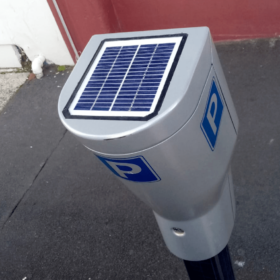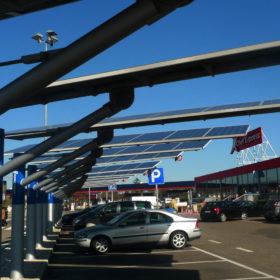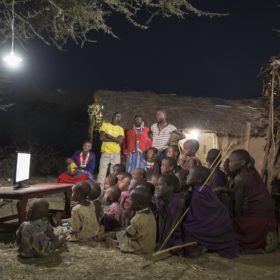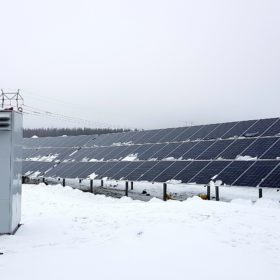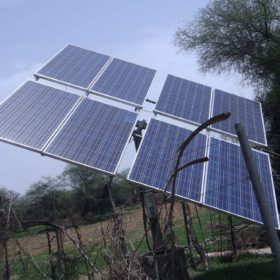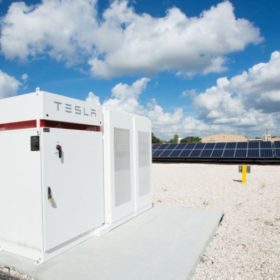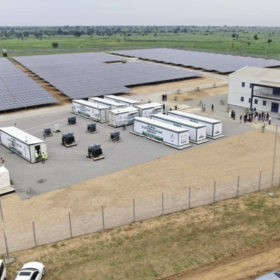Mexican regulator opposes solar energy communities and storage
With the government having already introduced measures which will reduce the volume of renewables in the national energy mix, further new provisions will restrict the deployment of energy storage and the ability of solar energy generators to sell excess power to nearby consumers.
Solar for parking machines
New Zealand researchers have proposed a way to assess the technical and economic feasibility of PV-powered parking machines. Solar might be an ideal solution, but the siting of the machines is critical and should be planned in advance, in line with available solar radiation and potential shading.
English councils tender for solar car parks and storage
Two local authorities on the English south coast are tendering for up to 250 kW of solar generation capacity and at least 300 kWh of energy storage under an arrangement which should not cost the cash-strapped councils a penny.
The weekend read: In pursuit of universal energy access
Koen Peters has been the executive director of global offgrid solar association GOGLA since 2014. He has more than 20 years of international work experience, with more than 12 years in relation to energy access. He has gathered insights from many different perspectives and organizations, including government, consulting, startup businesses, and international finance organizations.
Finnish industrial park gets 12 MW smart grid with central inverters
Inverter manufacturer Fimer provided its PVS980-58 central inverter solution for the project, which will derive 35% of its energy from solar PV.
Aid organization seeks developers for mini-grids in Ethiopia
The U.S.-based Mercy Corps has opened a call for expressions of interest in the installation of mini-grids at three refugee camps on the Somali border.
Philippines’ nexus approach for water and solar power supply
The country’s National Irrigation Administration will bet on floating PV and solar-powered irrigation to improve water and energy supply. The Pantabangan and Casecnan dams, in the province of Nueva Ecija in the Central Luzon region, have been identified as ideal locations for floating solar.
US installed more microgrids in 2019 than ever before
Most microgrid projects still feature distributed fossil fuel generation, but the share of renewable microgrids is rising, driven by high-volume adopters such as the Red Cross.
The weekend read: Expand and connect
Almost 60% of Nigeria’s population currently has access to electricity. But this breaks down as 78% in cities and urban areas, and just 39% in rural communities. The Rural Electrification Agency (REA), established by the government as part of electricity sector reforms in 2005, is tasked with bridging this gap and bringing reliable energy supply to the most remote parts of Nigeria. pv magazine spoke with REA CEO Ahmad Salihijo Ahmad about the organization’s strategy and recent progress, as well as the challenges that remain for rural electrification in Nigeria and the role of PV technology.
Bangladesh to install another 40,000 free solar home systems
Time is running out for the government to achieve its goal of universal access to electricity by next year but Dhaka has doubled down by allocating $26 million for PV panels in hard-to-reach areas.

